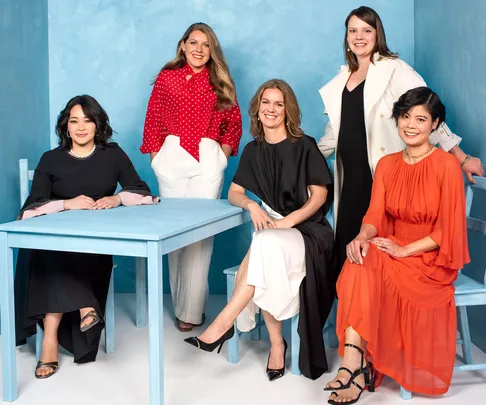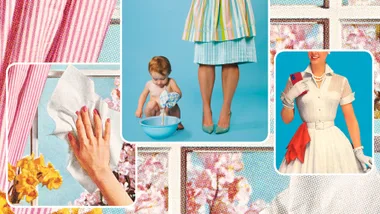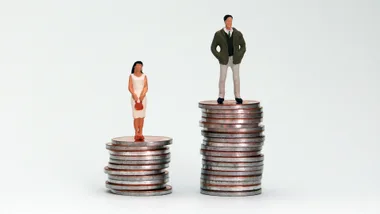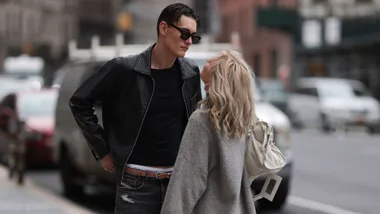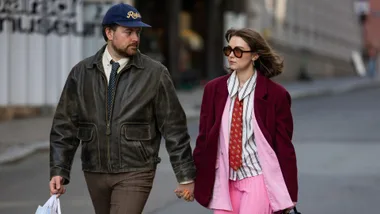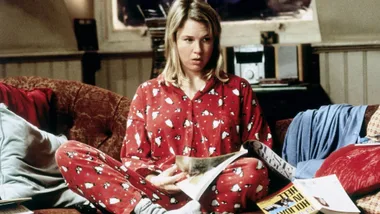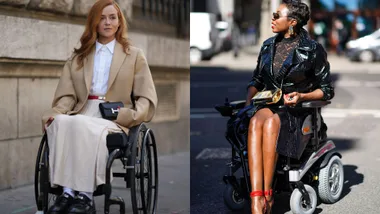The world needs science, and science needs women. This month, we’re celebrating the powerhouse researchers awarded a L’Oréal–UNESCO For Women in Science Fellowship. Please give a round of applause to these five trailblazers whose work may change the world.
A word from the honourable Julie Bishop:
The former minister for foreign affairs, education and science is a passionate advocate for women in STEM

“Science has the power to transform our lives and to respond to the challenges of our times. Inventions such as the internet, wi-fi, computers, mobile phones and virtually every modern convenience has come from the work of a scientist. For example, it is scientific research that enables farmers to grow crops and raise livestock to support the world’s growing population. While clean sources of energy will be unlocked [through science] so that we can eliminate the burning of fossil fuels.
For humanity to reach its full potential we need to harness the intellect and passion of our entire population, and that includes the 50 per cent that is female. Currently, women make up less than one-third of researchers globally and that means we have significant talent potential that should be tapped.
The L’Oréal-UNESCO For Women in Science program recognises and supports the achievements of female early career researchers. It is playing an important role in encouraging young women to take a greater interest in STEM subjects at school and university, and to then pursue careers in related fields. This is vital, as young women and girls are currently not opting for studies in science subjects in sufficient numbers to create the critical mass that is necessary to achieve cultural change. Parents also need to support and encourage girls who have the aptitude and interest in STEM. Mentoring networks for early career researchers also play an important role in supporting women entering the eld.
We stand on the cusp of the fourth industrial revolution, and women should be at the forefront of that wave of achievement.”
Dr Alisa Glukhova:
Structural biologist, Monash University
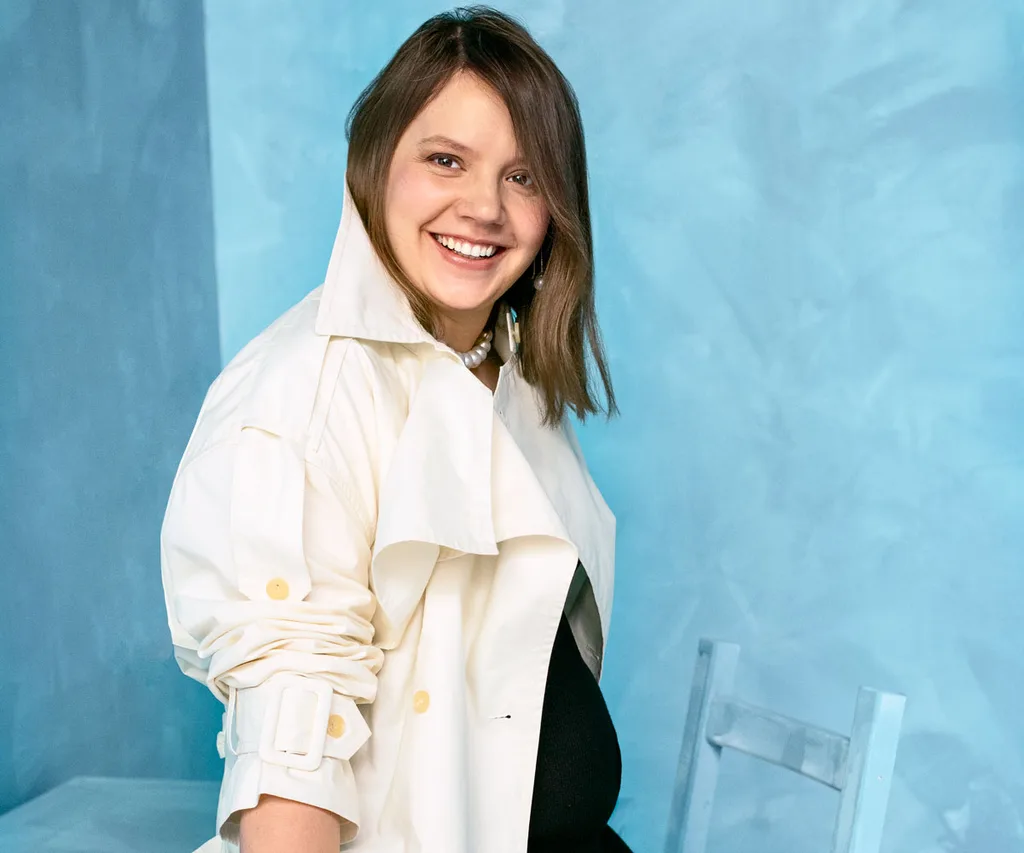
Growing up in Moscow, Dr Alisa Glukhova never doubted her ability to become a successful scientist. She had no reason to: her mother was an acclaimed geophysicist and her biggest role model. “It wasn’t until I got older that I realised that there’s this huge gap between men and women in STEM,” reflects Glukhova, whose mum gave her some pointed advice during her studies in biochem- istry at Moscow State University. “When I had a presentation, my mother would say, ‘If you want to be taken seriously, you can’t be looking like a woman.’” So Glukhova adopted a uniform of pants suits, ponytails and no make-up. “Even now, I still try to dress more manly in a sense; it gives me that extra confidence,” she says.
Confidence is something Glukhova admits she struggles with, especially because it’s di cult to describe what a structural biologist does. Researching human cells, molecular behaviour and Frizzled receptors doesn’t roll off the tongue quite like “discovering a cure for cancer”.
Even so, Glukhova has thrived since moving to Australia five years ago, both professionally and personally. She’s one of our leading structural biologists, a newly awarded L’Oréal UNESCO For Women in Science fellow and is expecting her rst child any day. Is she excited? “Of course.” Is she worried? “A little. Actually, quite a bit.”
Glukhova says the biggest challenge facing women in STEM occurs “somewhere mid-career, when women are at an age when they want to start having a family. Because they can’t stay on [in their job] full-time, a lot of them do drop o and it’s really hard to come back after that.”
Luckily for Glukhova, she has a supportive husband, a retired mother excited to take on grandma duties and the L’Oréal funding to help pay for childcare. “Funding means I can come back to work, or I can spend more time in the lab, and that’s very important.”
Dr Valerie Sung:
Paediatrician, Murdoch Children’s Research Institute

It’s a harsh statistic: only 28 per cent of researchers are women. Even starker: only three per cent of scientific Nobel Prizes have been awarded to women. Yet Valerie Sung is hopeful. After all, she’s spent her career surrounded by smart, successful, savvy women.
Sung, whose research focuses on understanding the best treatment for children with hearing loss, started her career in paediatrics, a specialty where there’s an 80 per cent predominance of women. Now she is a researcher at the Murdoch Children’s Research Institute, where women also make up the majority. She made the transition from paediatrician to researcher when she realised the impact she could have.
“As a clinician, I can only help patients on an individual basis, but if you can answer a research question, you’re not just helping one family but many.” Despite her own positive experiences as a “woman in science”, Sung acknowledges there is work to be done in addressing the gender inequality in other scientific fields.
“We need to encourage and support women to step into more senior positions because that’s where the issue is.” And she’s not wrong. Fewer than 20 per cent of women researchers make up the most senior leadership positions. Hopefully, women like Sung can help close that gap and instead of being asked about being a “woman in science”, she can be asked about being a “scientist”. Full stop.
Dr Yvonne Anderson:
Paediatrician, University of Auckland

When Dr Yvonne Anderson moved back to New Zealand in 2008 after undertaking postgraduate study in the UK, she was shocked at the number of children affected by weight issues. “I knew early on in my career that I wanted to work with children and families, and seeing the over-rep-resentation of Māori and those from most-deprived households, I realised we needed a different approach to address the issue,” says Anderson. So she set about founding Whānau Pakari, a multidisciplinary intervention program for children and adolescents with obesity, to tackle the fact that NZ has the second-highest child obesity prevalence in the OECD.
In the past eight years, more than 1000 kids have been referred to the program, with heartening results. “I’ll always remember Hamish, aged 15, who worked really hard to make healthy lifestyle changes and is now a regional under-15 hockey representative, supporting other children on their journey through our mentoring program.”
Anderson, a mum of three young boys, gets a kick out of receiving emails from families celebrating successes – from family activity nights and home vegetable gardens, to triathlon medals. “I feel very privileged to be a part of their journey,” she says.
Passion is what keeps Anderson, 45, going when she faces monumental challenges, including the stigma associated with obesity. “There’s this assumption that people who experience weight issues are sitting on the couch eating the wrong food; that’s simply not the case. The reality is more complex: people are working longer hours, have limited time and are struggling to buy healthy food.”
To tackle such a complex issue, Anderson relies on her research and clinical teams of eight. “I’ve learnt to surround myself with exceptional people, because their enthusiasm and commitment to address inequities and stigma in this area is inspiring.”
Dr Ashleigh Hood:
Geoscientist, The University of Melbourne
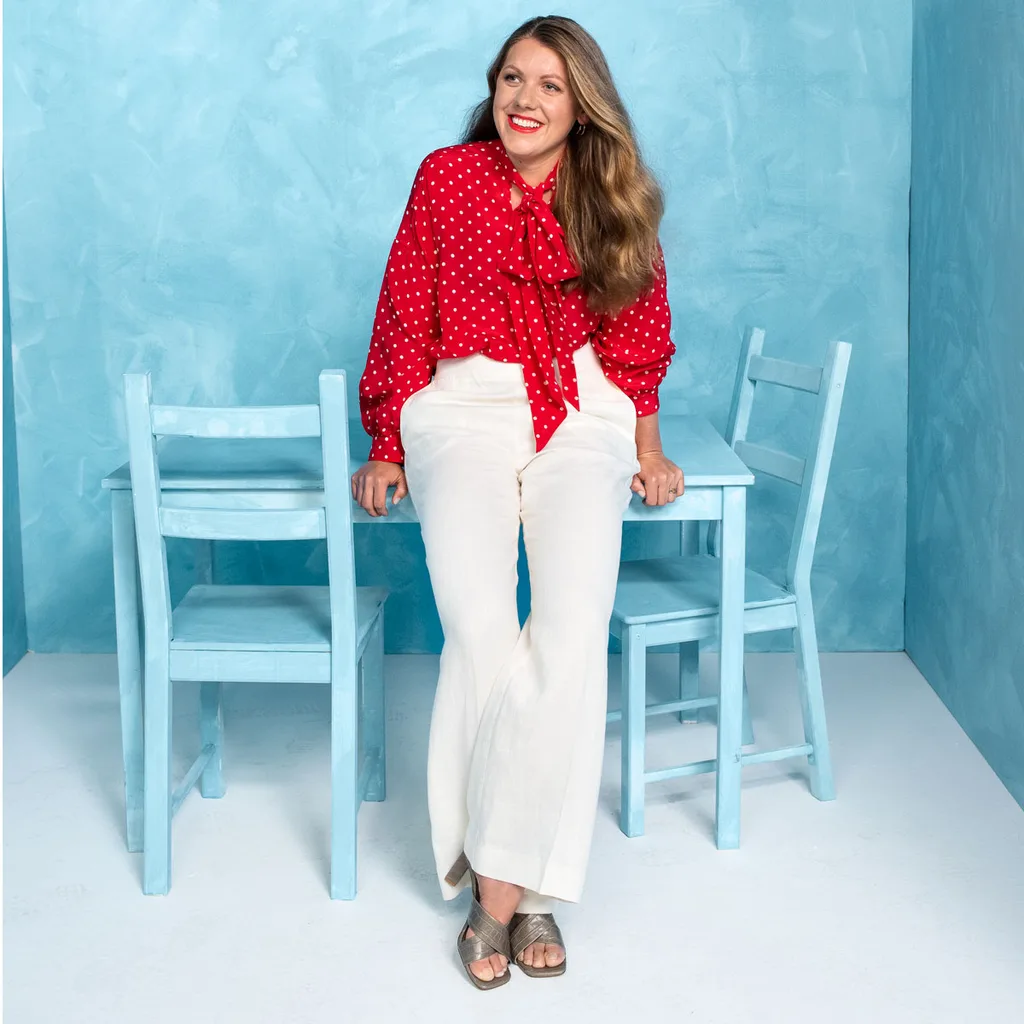
In 2018, Dr Ashleigh Hood travelled to the Northern Territory with two other female geoscientists to investigate ancient tidal sediments. They were there to answer an important question: “What was the world like 1.6 billion years ago?” Along the way, they faced questions of their own from curious locals – not about their fascinating work, but about their gender. “When people saw three women in a four-wheel drive outside of Darwin, they were generally very surprised – and sexist. They asked us if we could read a map and were amazed we hadn’t got lost. When we asked to borrow a shovel, the guy said, ‘Would you like a lady’s shovel?’” says Hood, pondering the difference between a lady’s shovel and a regular shovel.
Hood, 32, was disappointed – but not entirely surprised – by the reactions. Having studied a Bachelor of Science and completed her PhD at The University of Melbourne before doing her post-doc at Yale University in America, she admits geology is a male-dominated field, like most STEM jobs. The first step to addressing the gender inequality in science is to make women visible, says Hood, doing just that by posing for her marie claire portrait. “We need to see more women in these fields. Having a token female is no longer enough, society needs to change,” adds Hood, who says the L’Oréal-UNESCO For Women in Science Awards are shining an important light on researchers.
Having been awarded a L’Oréal- UNESCO For Women in Science Fellowship worth $25,000, Hood is using the funding for a research trip to Canada later this year, getting dropped into a remote mountain range with her (female and male) team by helicopter. If she gets asked if she wants a lady’s helicopter, Hood is prepared to call out the sexism.
“I think the best thing would be to question the person and make them feel uncomfortable by saying, ‘Oh I’m interested in why you would say that. Is it because I’m a woman?’” she says. “It’s important to be direct and outspoken and have your voice heard. Don’t laugh it off. Women shouldn’t be afraid to call it out.”
Dr Samantha Solon-Biet:
Nutritional biologist, The University of Sydney
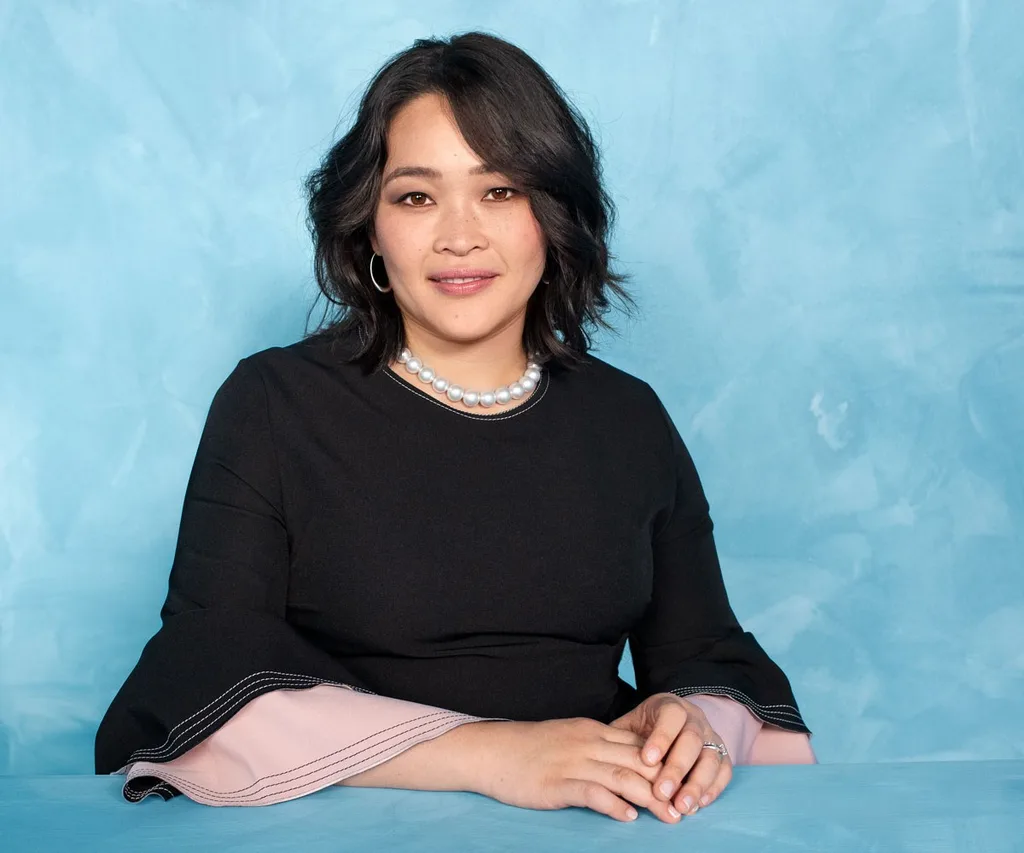
When you picture a day in the life of a scientist, you’d be forgiven for imagining a lonely lab lled with Bunsen burners and latex gloves. In reality, working in the STEM fields is varied, collaborative and – at times – glamorous (take this marie claire photo shoot, for example). As Dr Samantha Solon-Biet explains, “The stereotype is that you’re in the lab working by yourself all the time. Some days it’s like that, but most of the time it’s quite social.”
In her role as a nutritional biologist researching maternal nutrition during pregnancy, Solon-Biet plans experiments with her team over beers, mentoring upcoming scientists and presenting her work at conferences in the Swiss Alps, as you do. “All good research is never done alone, it’s always done in teams,” she says.
That spirit of collaboration is something that Solon-Biet holds close to her heart. The 35-year-old mother- of-two admits that she’s relied on the solidarity of the sisterhood while working in an industry dominated by men. “Women are more aware now that we need to support each other through careers in STEM, whether that means nominating each other for awards or going out for a coffee and just having a whinge and a cry about how hard it all is,” she explains.
Early in her career, Solon-Biet bene ted enormously from the support of a female mentor and is now paying it forward, inspiring the next generation. “Knowing that she’s successful and thriving with her family where she is now is hope for me that it’s possible, and it helps me
to guide and mentor other women who are trying to follow the same footsteps as well.” Let’s hear it for the science sisterhood!
This article originally appeared in the maire claire April 2020 issue
